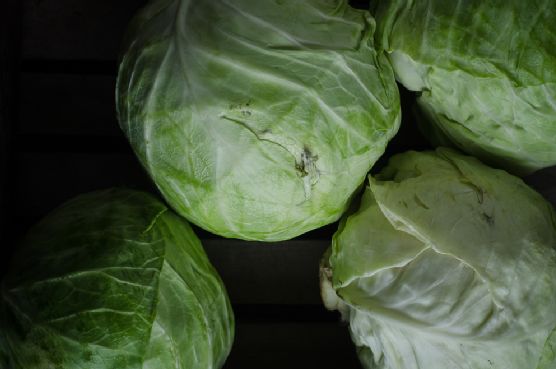Are you ready to embark on a culinary adventure that not only tantalizes your taste buds but also promotes gut health? Look no further than this delightful Homemade Sauerkraut recipe! This vibrant, tangy side dish is not only a staple in many cuisines around the world, but it also boasts a plethora of health benefits. Made with just two simple ingredients—cabbage and salt—this sauerkraut is a fantastic way to incorporate probiotics into your diet, supporting digestion and overall wellness.
Perfect for those following a vegetarian, vegan, gluten-free, or dairy-free lifestyle, this recipe is incredibly versatile. Whether you’re serving it alongside hearty meals, adding it to sandwiches, or enjoying it straight from the jar, the possibilities are endless. Plus, with a low FODMAP profile, it’s gentle on the stomach, making it suitable for those with sensitive digestive systems.
What’s more, making your own sauerkraut at home is a rewarding experience that allows you to control the fermentation process, resulting in a flavor that’s uniquely yours. With just a little patience, you’ll be rewarded with a deliciously sour and crunchy condiment that can elevate any dish. So gather your ingredients, roll up your sleeves, and let’s get fermenting!
